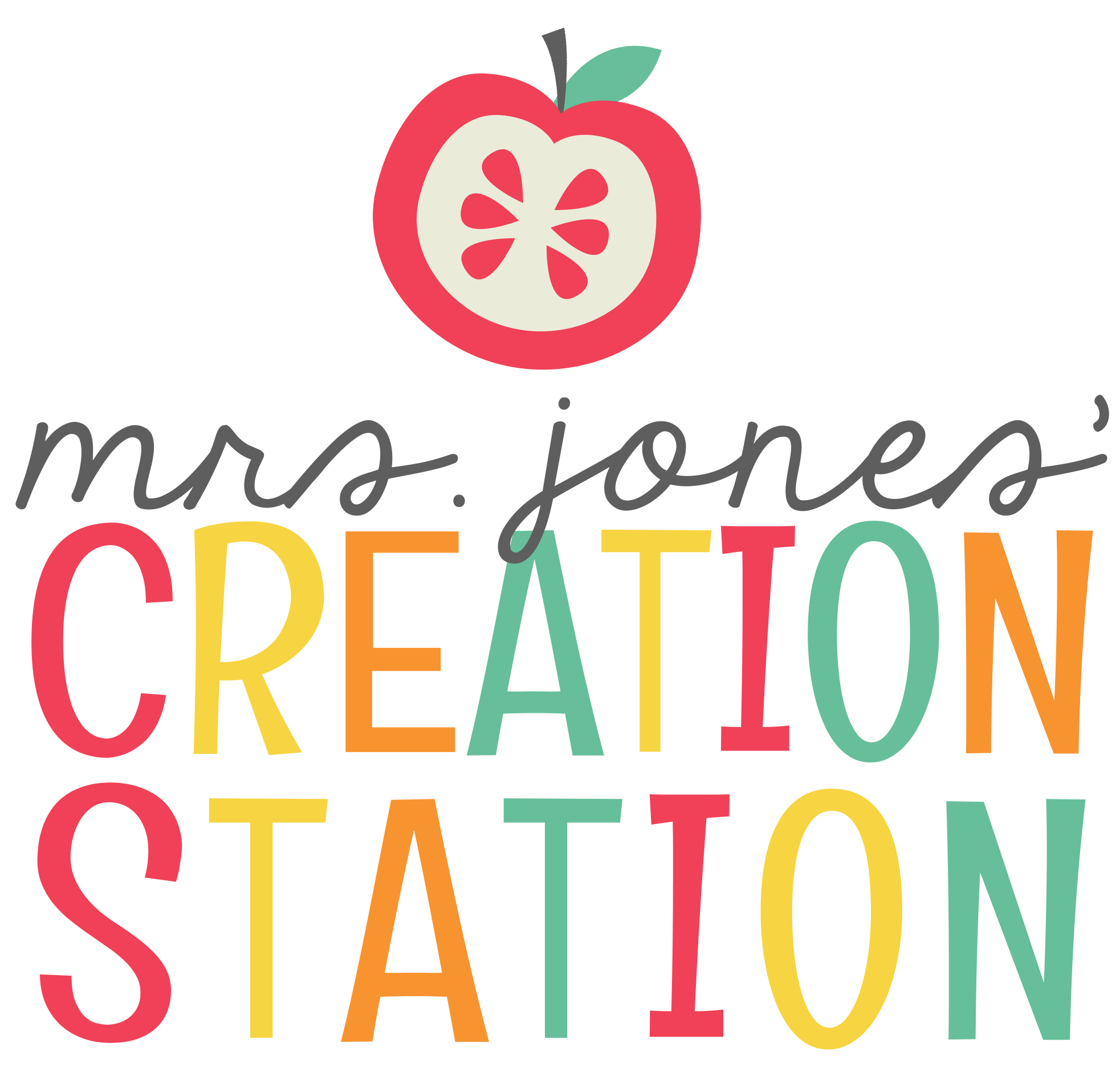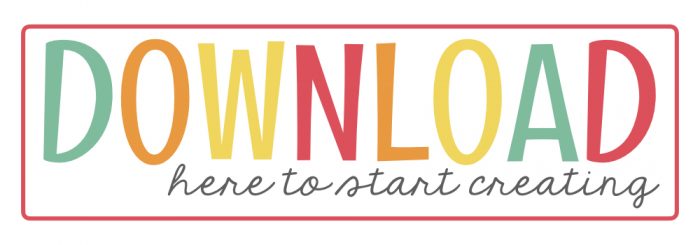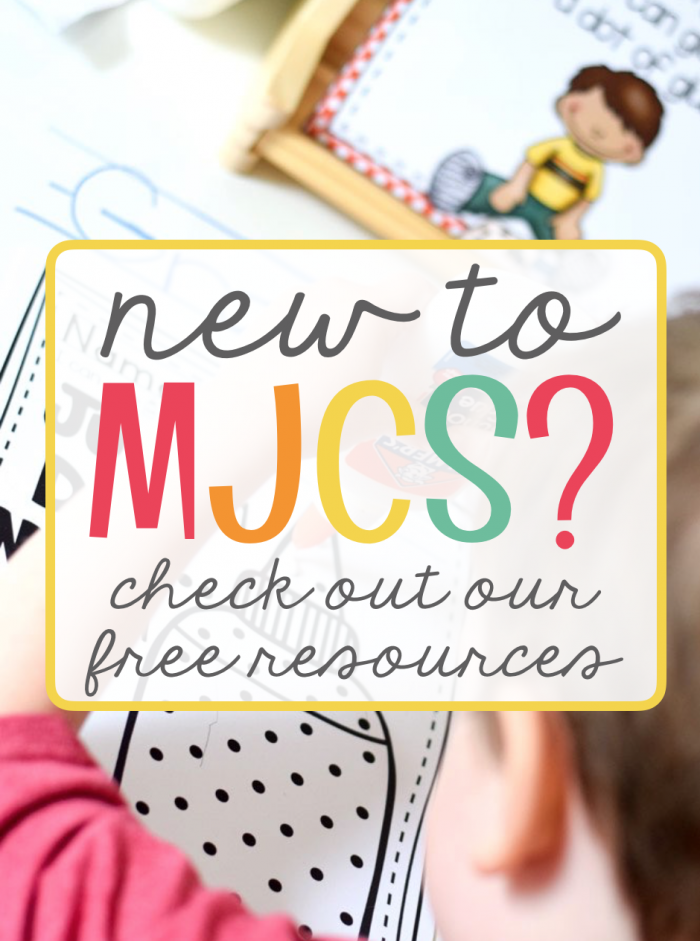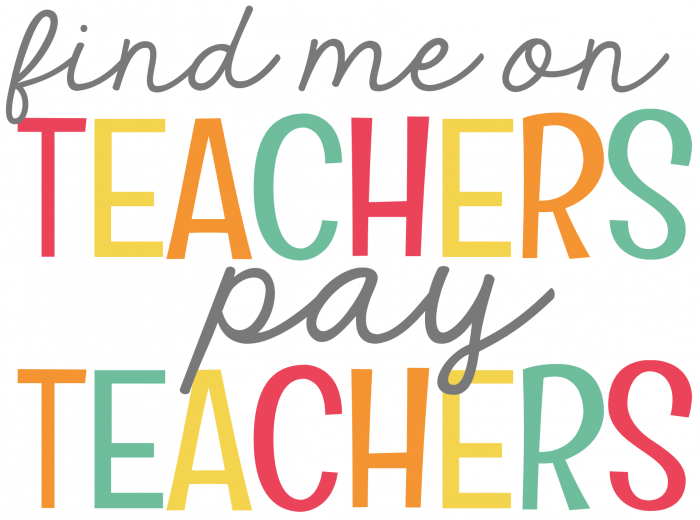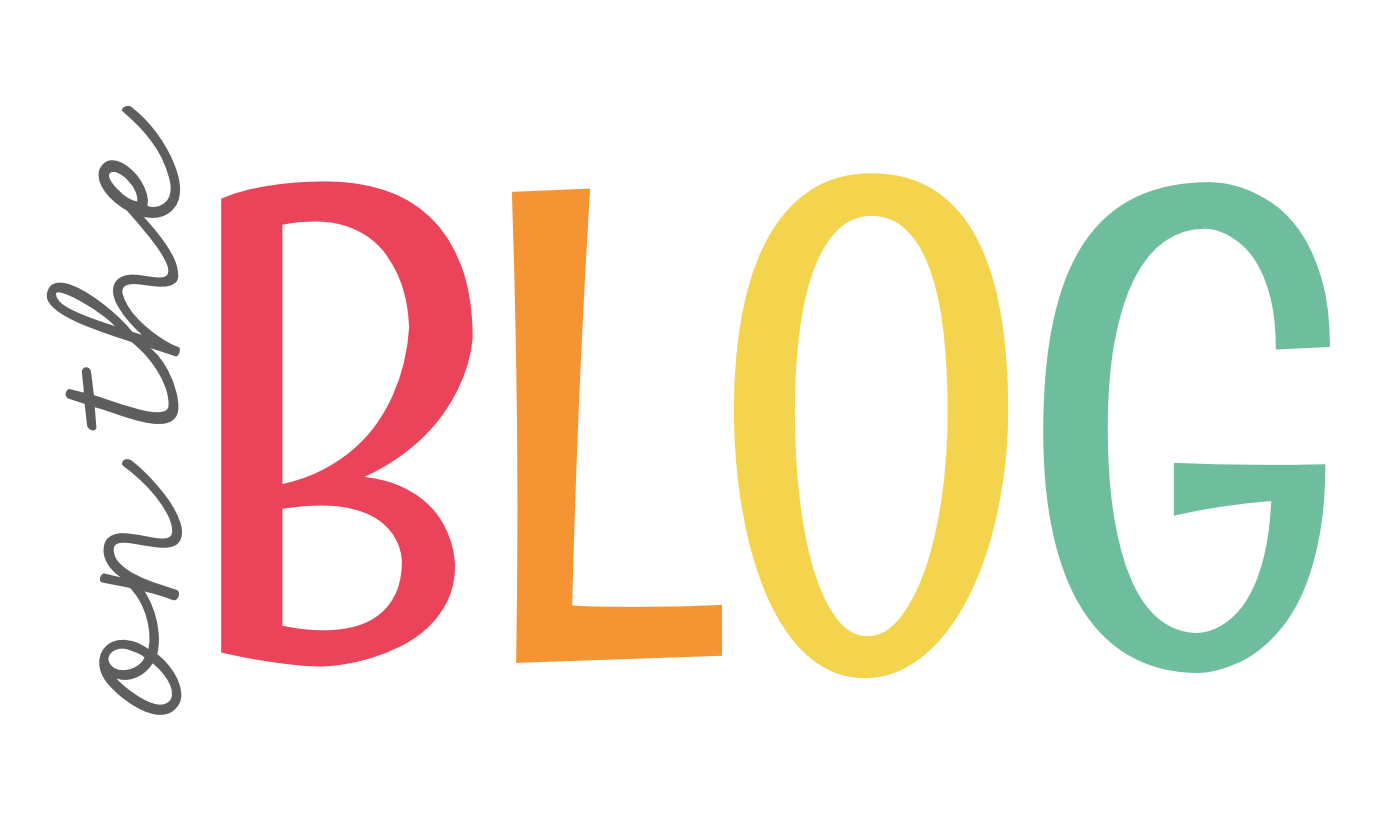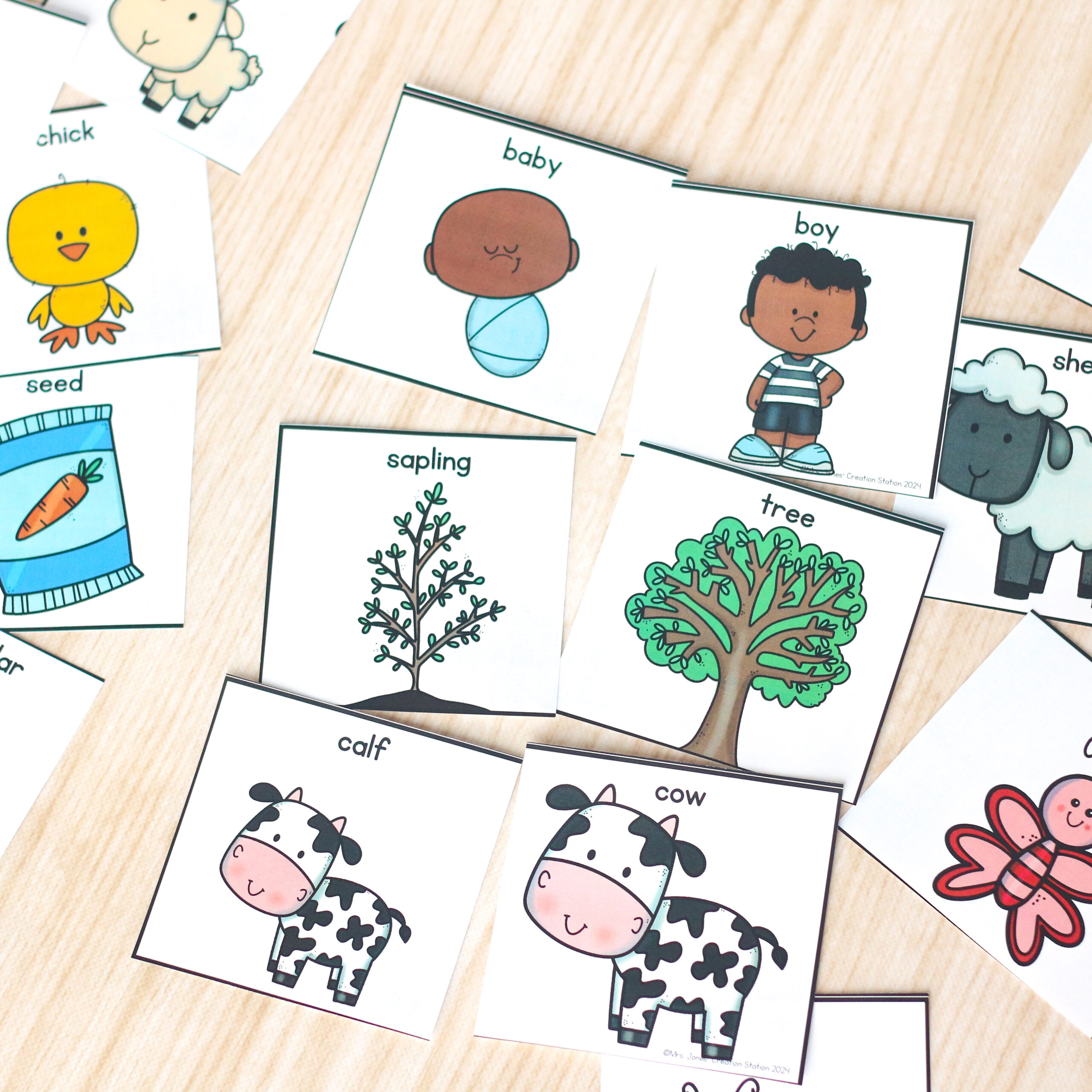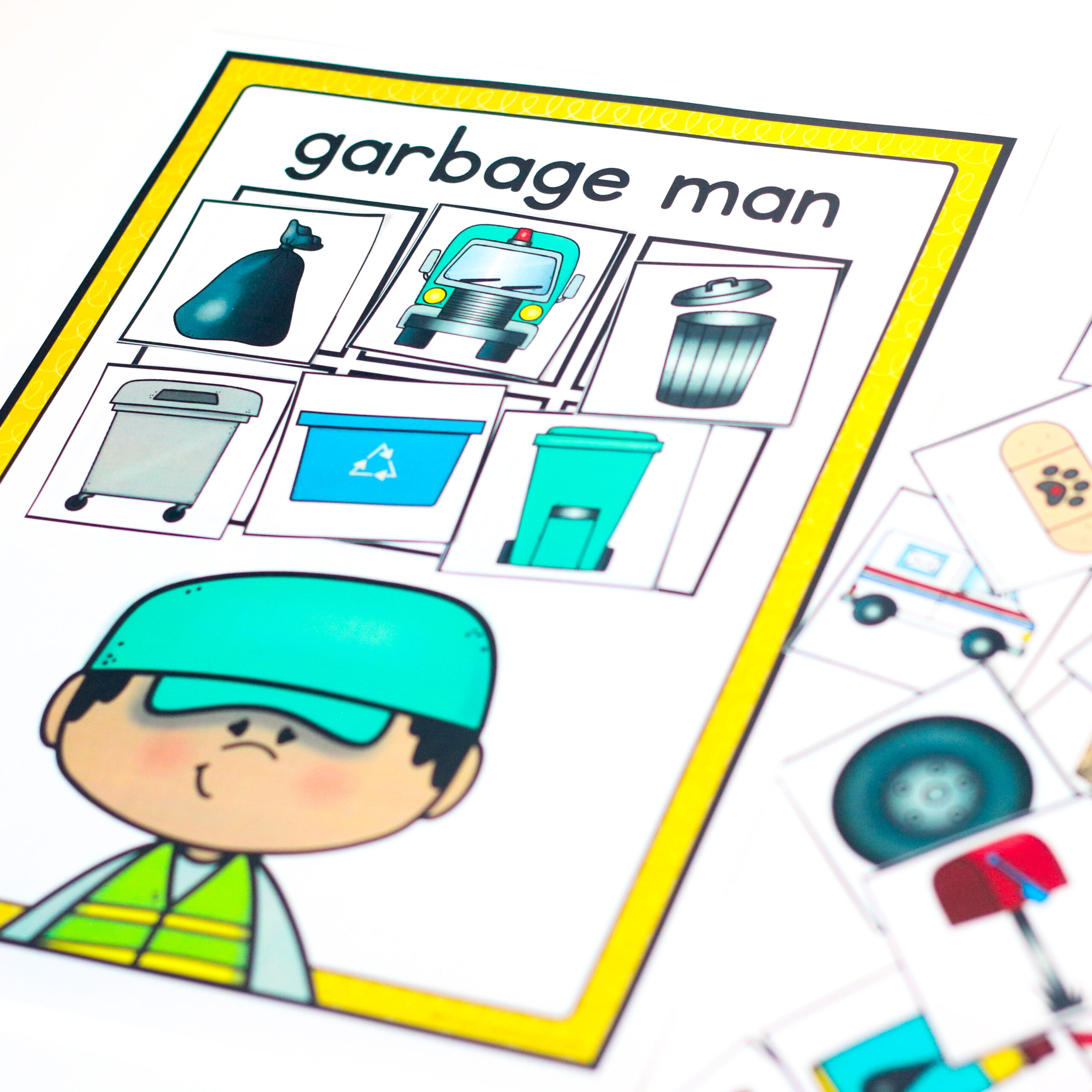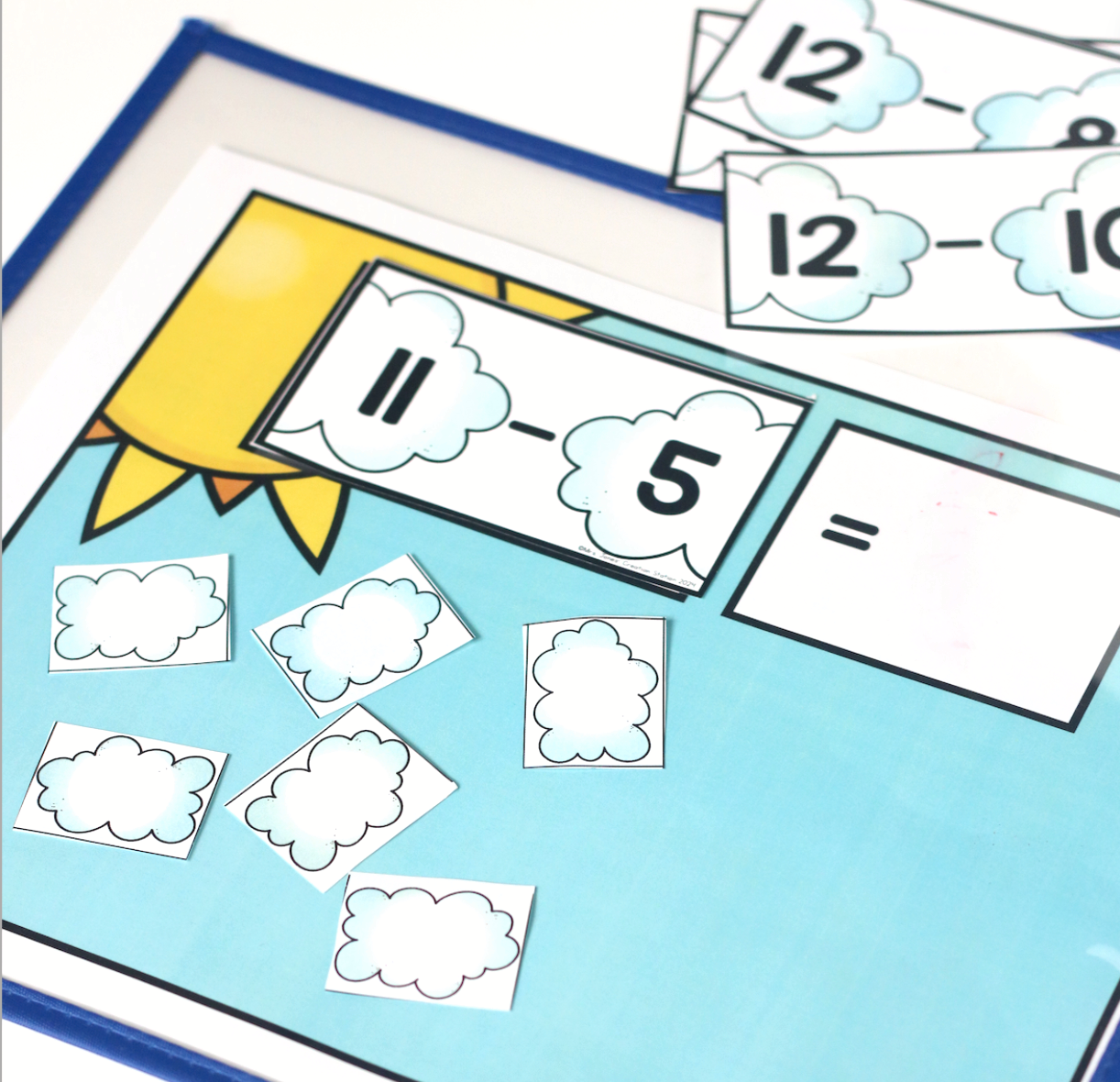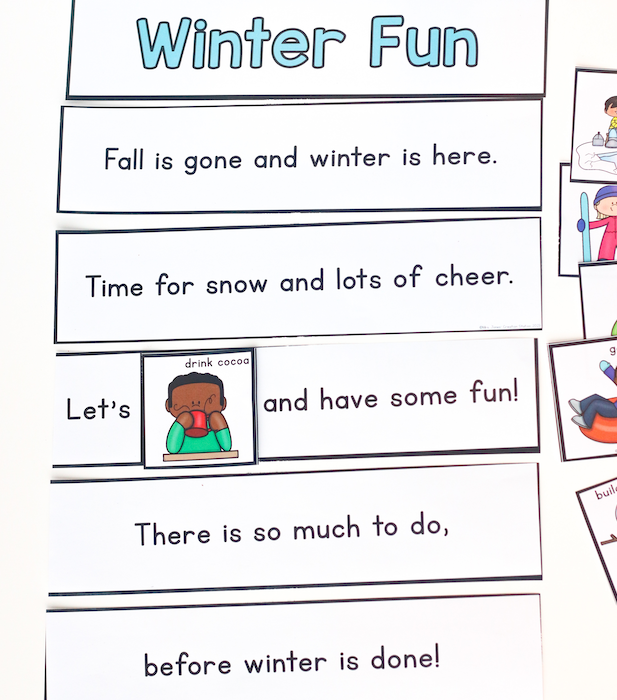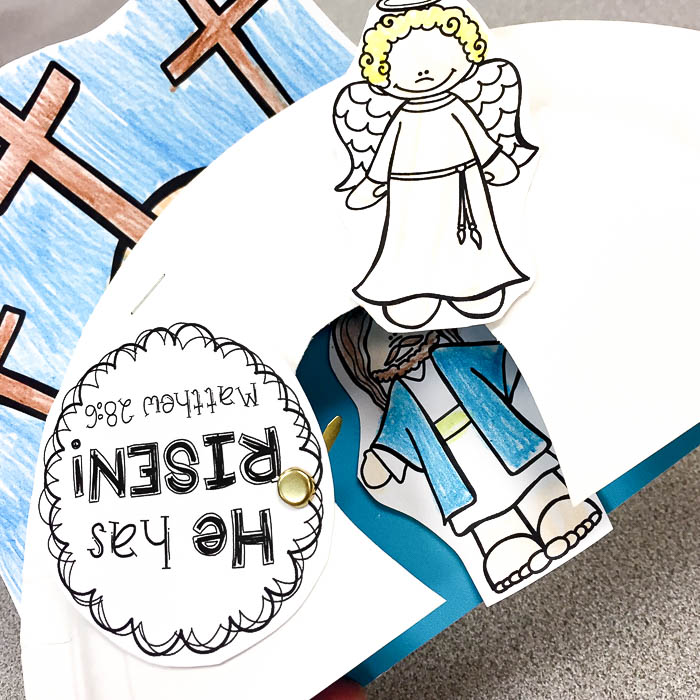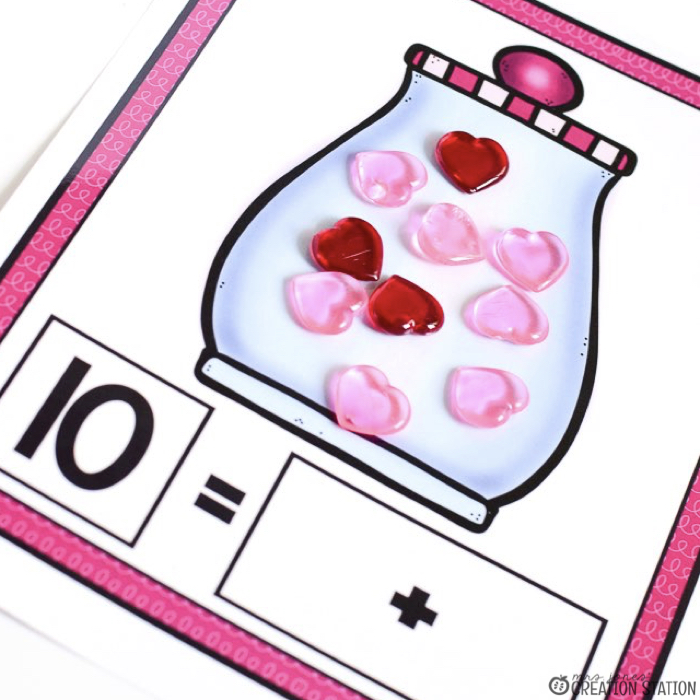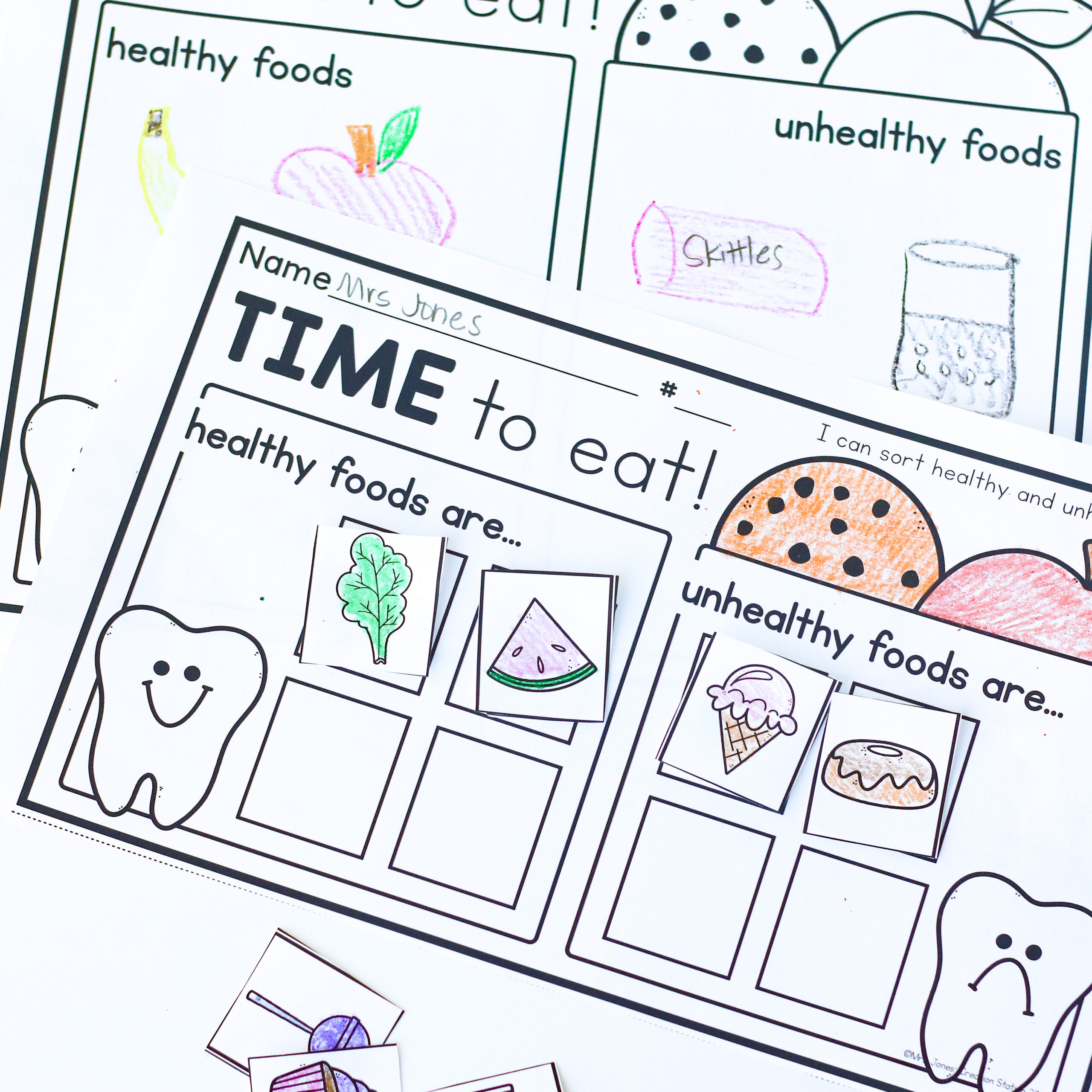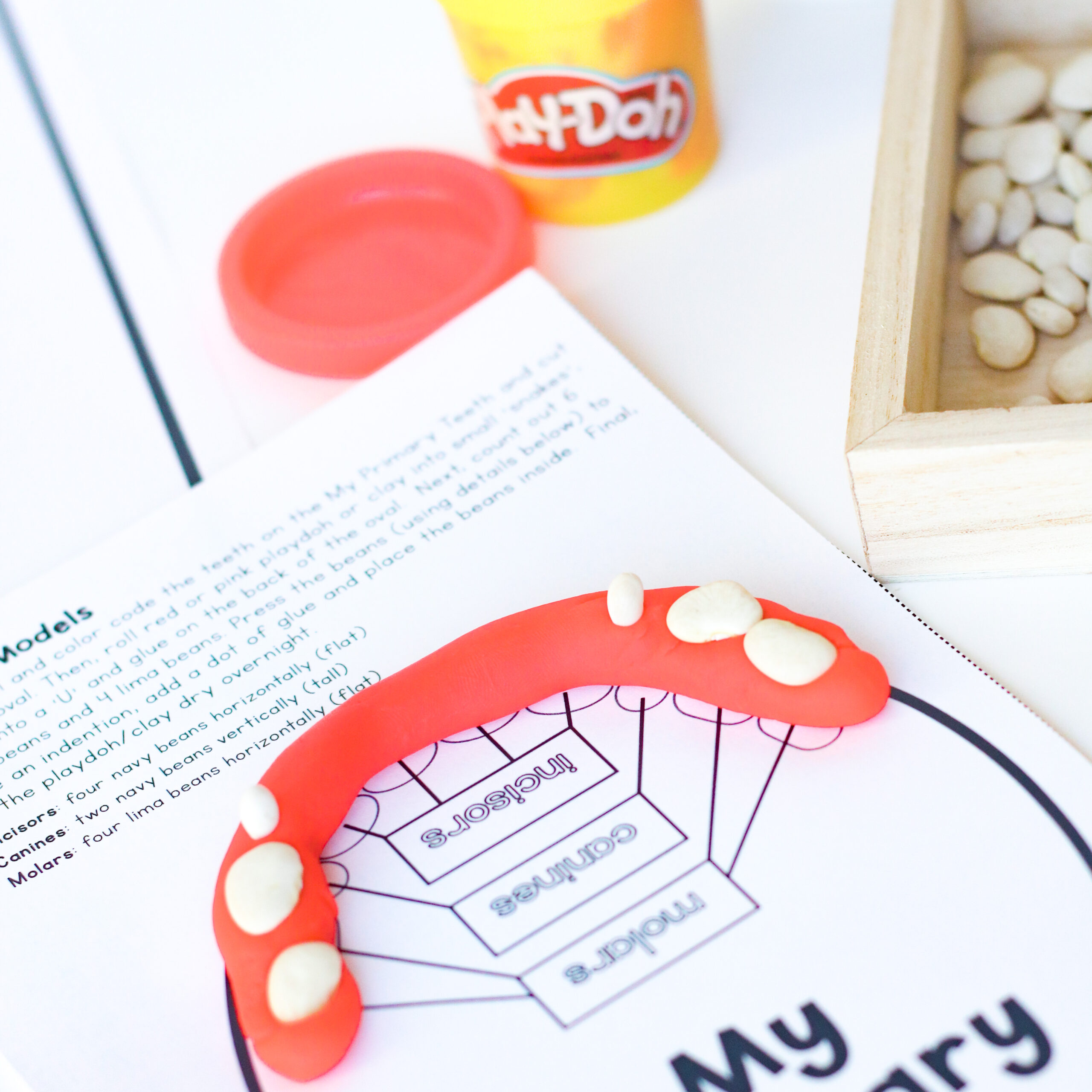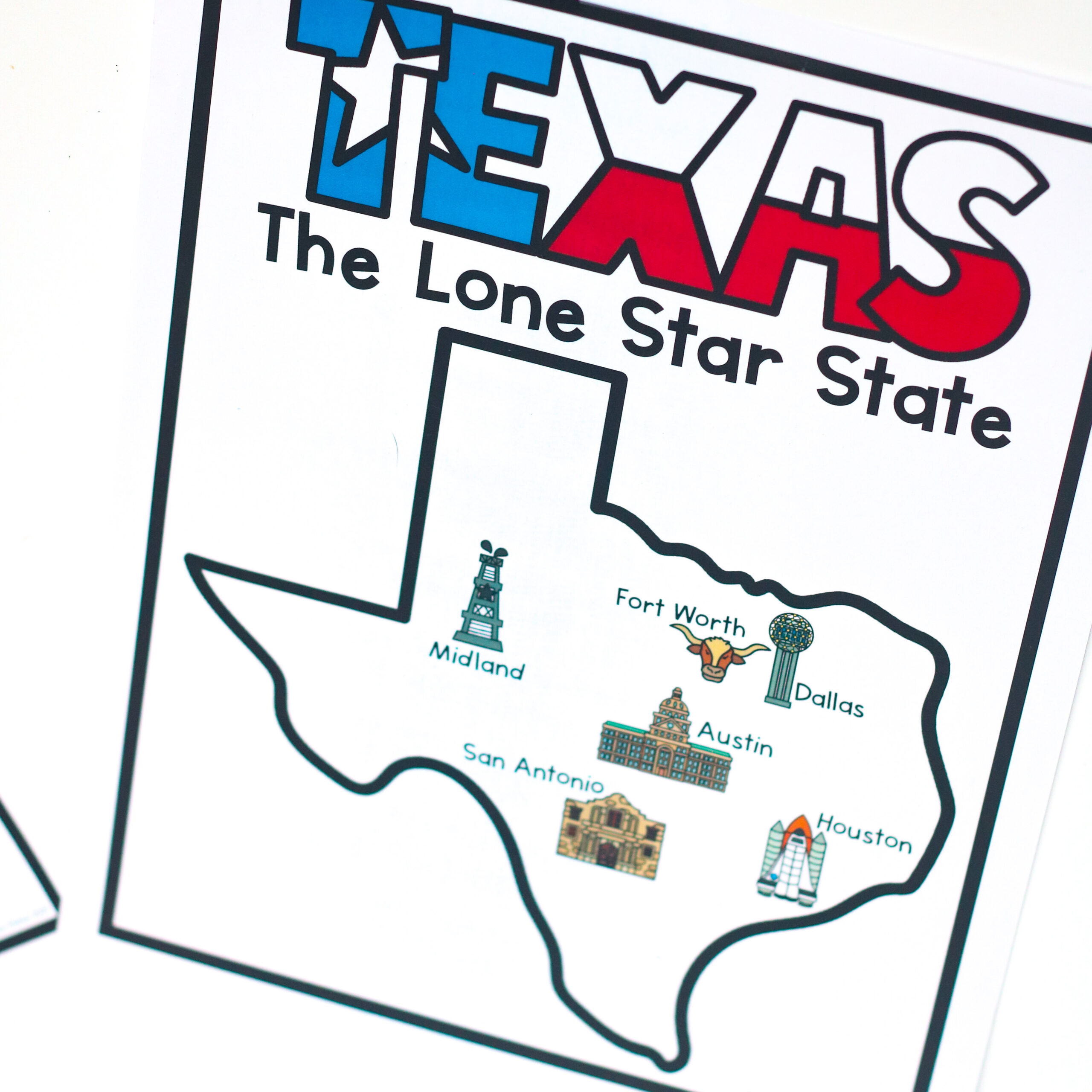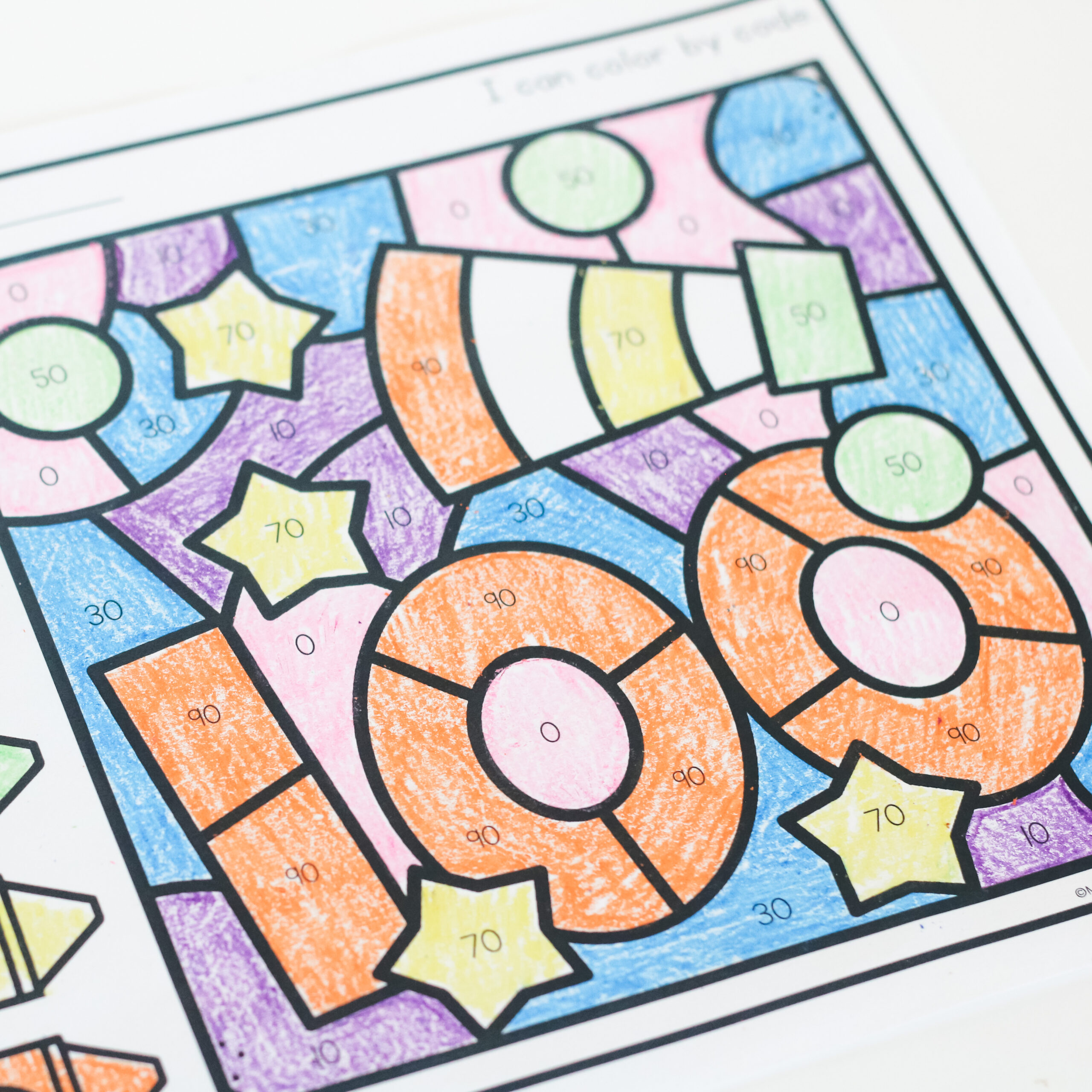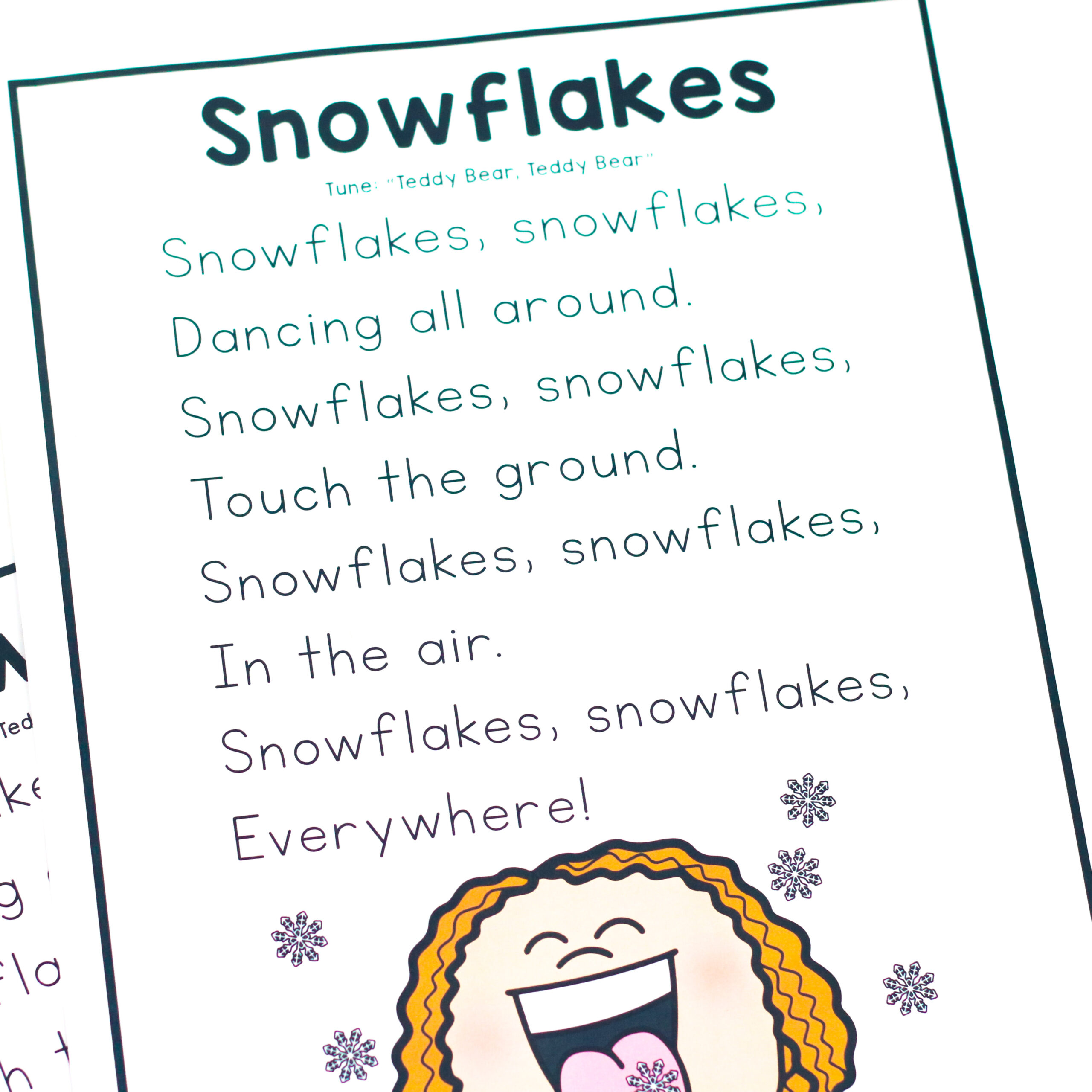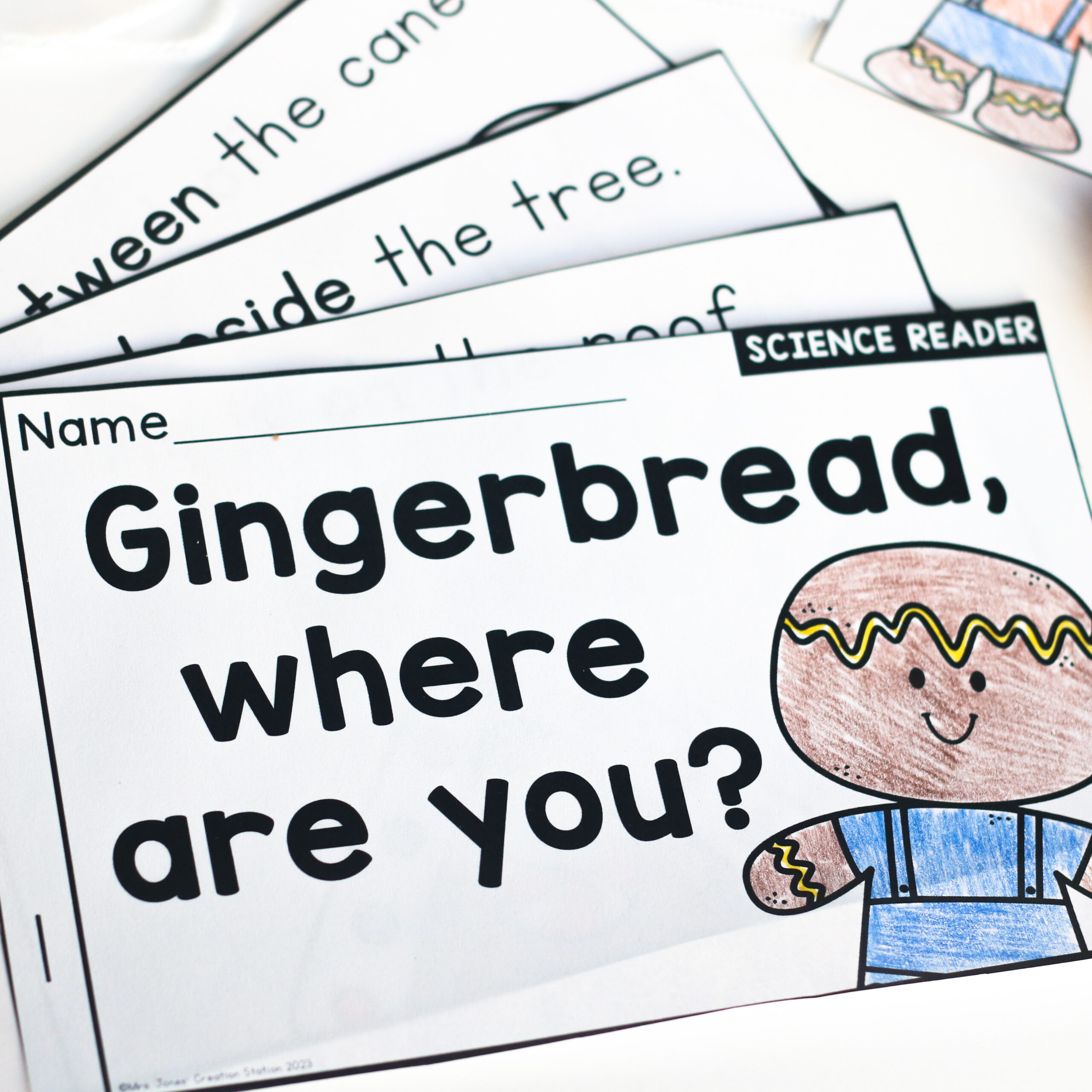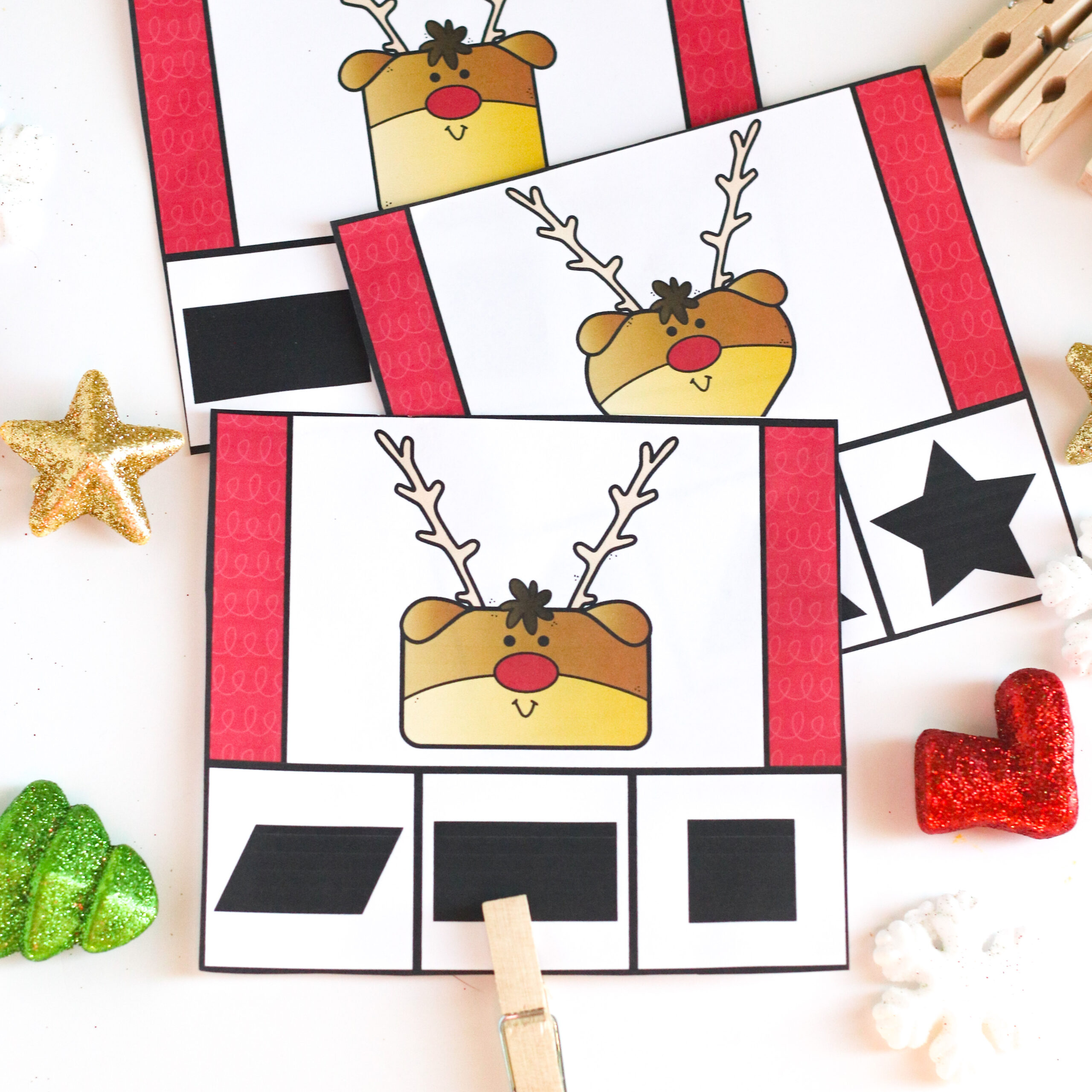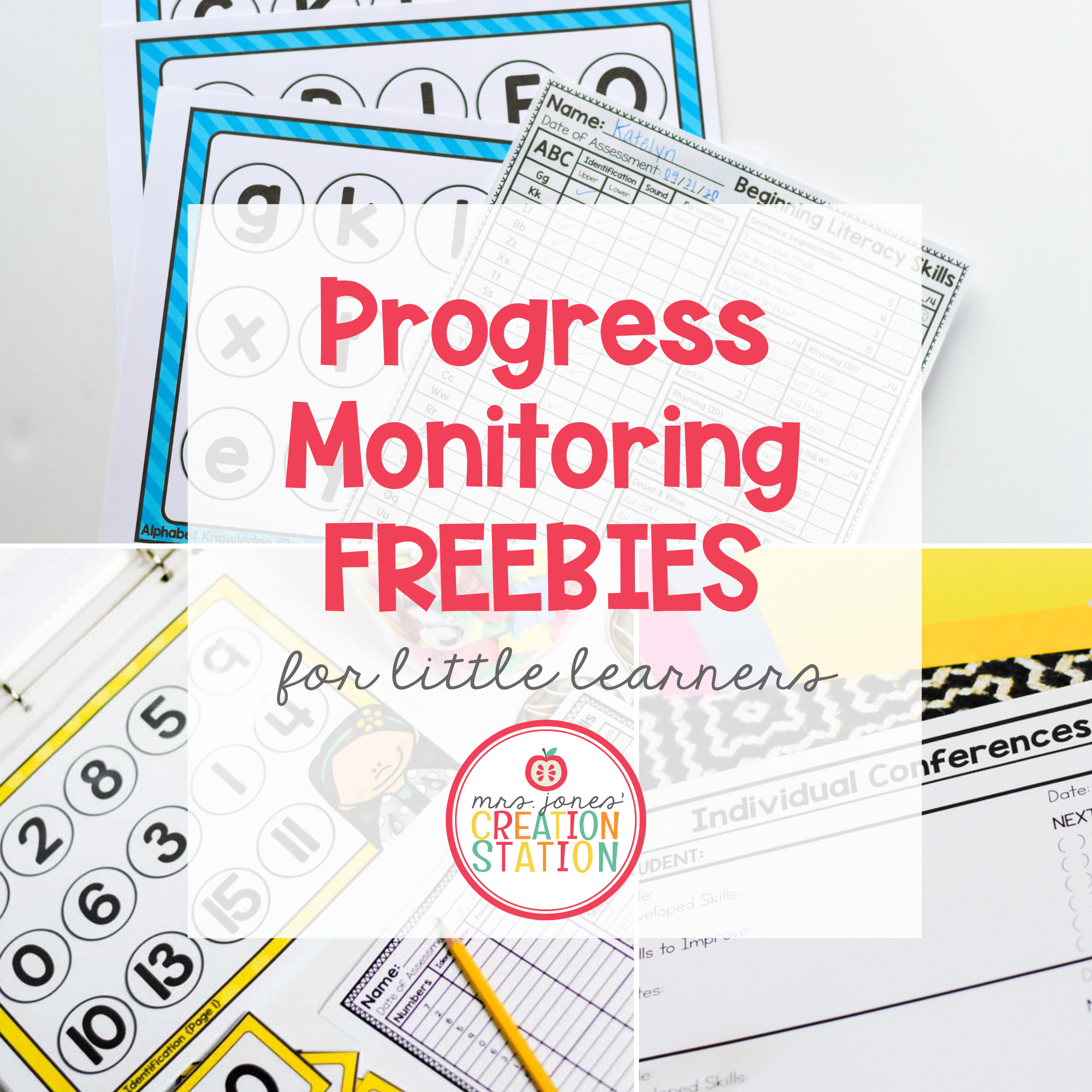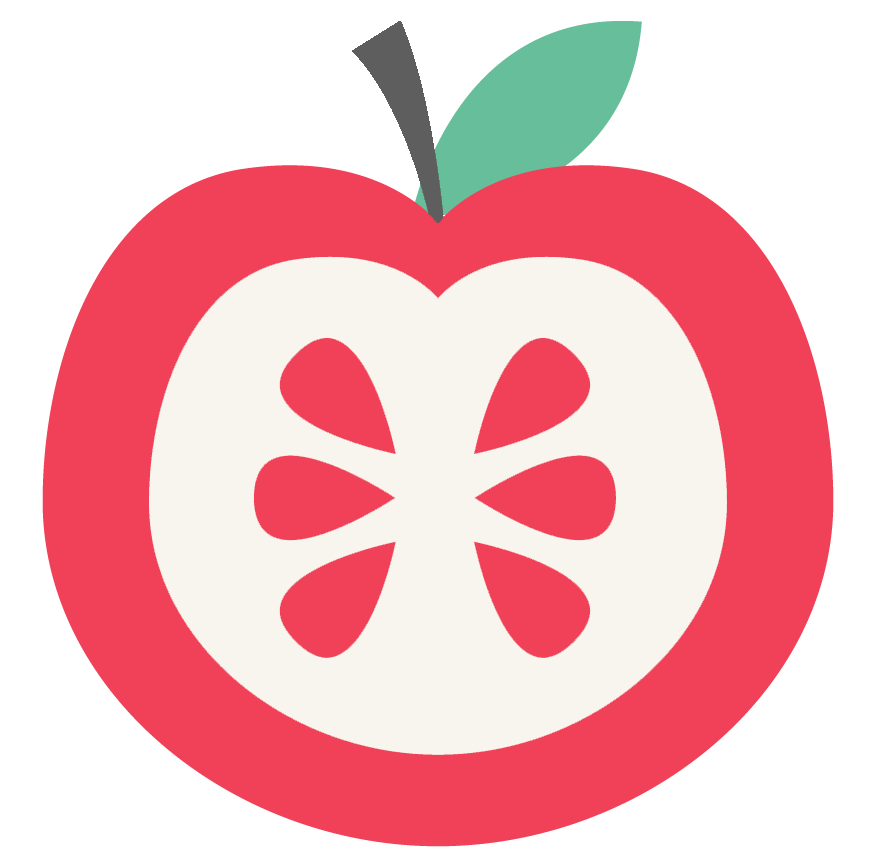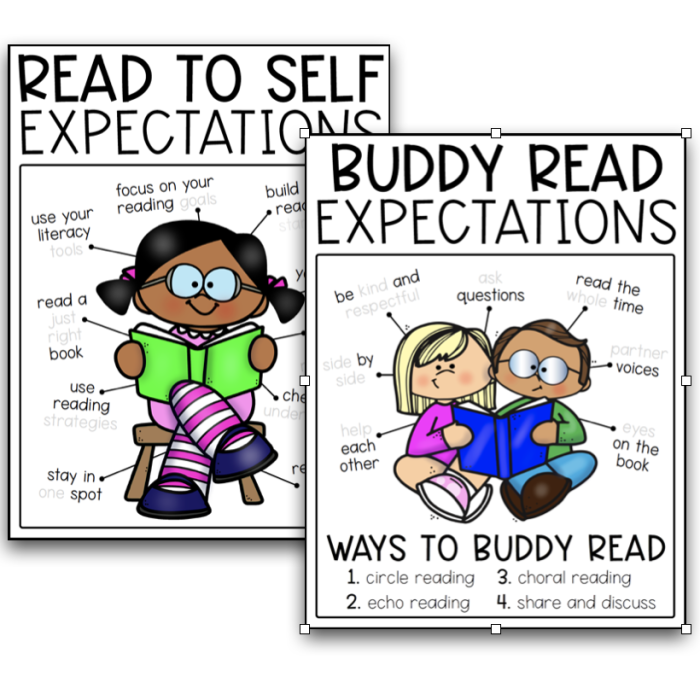Anchor charts play a huge role in my classroom. Not only do they add a bright touch to my classroom, but they are great supplemental resources for my classroom. Anchor charts can be used for reading, phonics, spelling, math and even social studies and science!
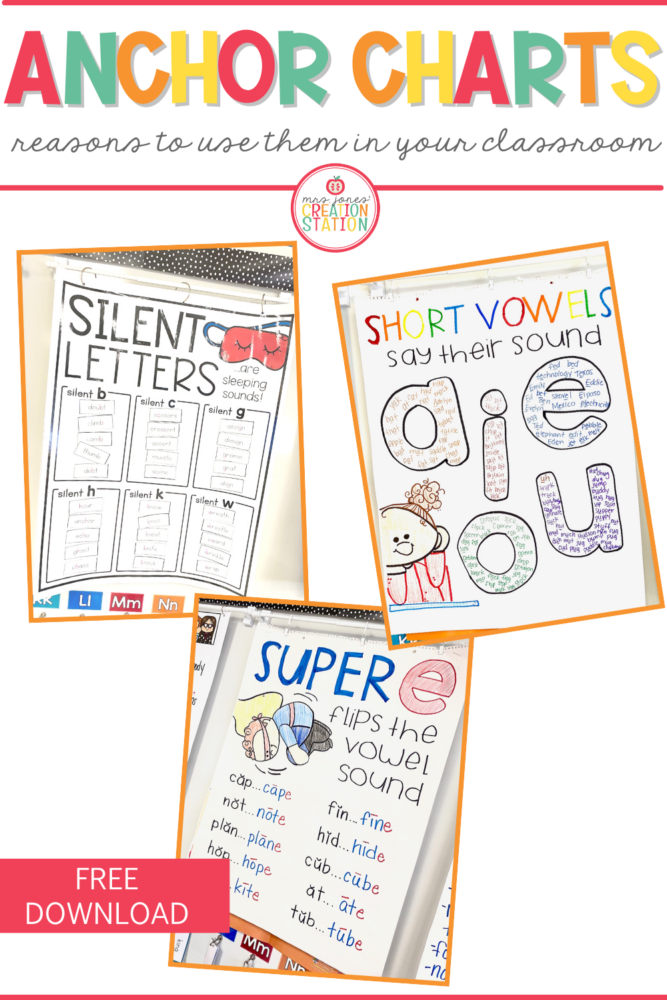
There are many reasons why I use anchor charts in my classroom!
Fills my classroom with current learning skills
I have several large dry erase boards in my classroom. It’s a perfect place to hold my anchor charts! Anyone who walks into my classroom knows what we’re learning just by the anchor charts on the wall. I use tension rods with hooks that stick to my boards. To hang the anchor charts, I use curtain clips.
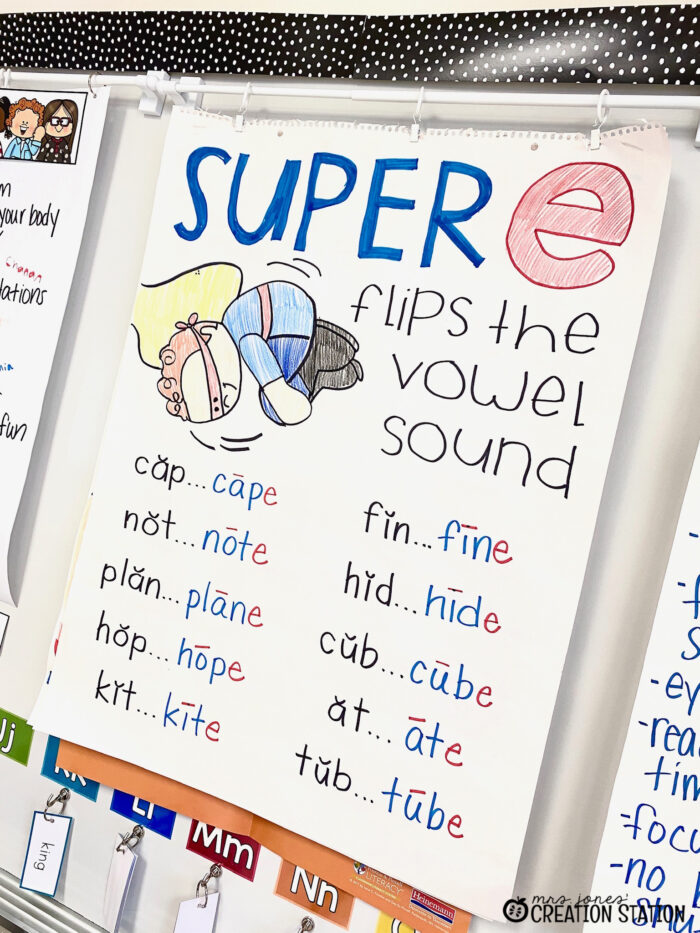
Keeps new skills accessible to my students
Research shows that 65% of students are visual learners (EdApp), which doesn’t surprise me in this day in age. With the rise in digital learning, we see more and more visual learners over the rest of the VARK learning styles (visual, audio, reading, kinesthetic).
Anchor charts work so well for visual learners. Charts around the room provide the student constant access to previous learning so they can complete assignments on their own. They also provide a chance for students to problem solve effectively instead of coming to you to ask questions.
Creates a colorful, bright learning environment
The times of placing posters with funny or inspirational quotes on the wall are out as well as premade phonics, spelling and math posters.
How cool is it to use your student thinking to create a fun learning atmosphere?! Students can walk into your classroom and see that word they suggested or that picture they helped draw on that anchor chart. These charts are not teacher created..they are student created! For me, everything written on my anchor charts are thoughts and ideas from my students. I write for them to keep the learning flowing without the distractions of students walking back and forth to the board and the floor or desk.
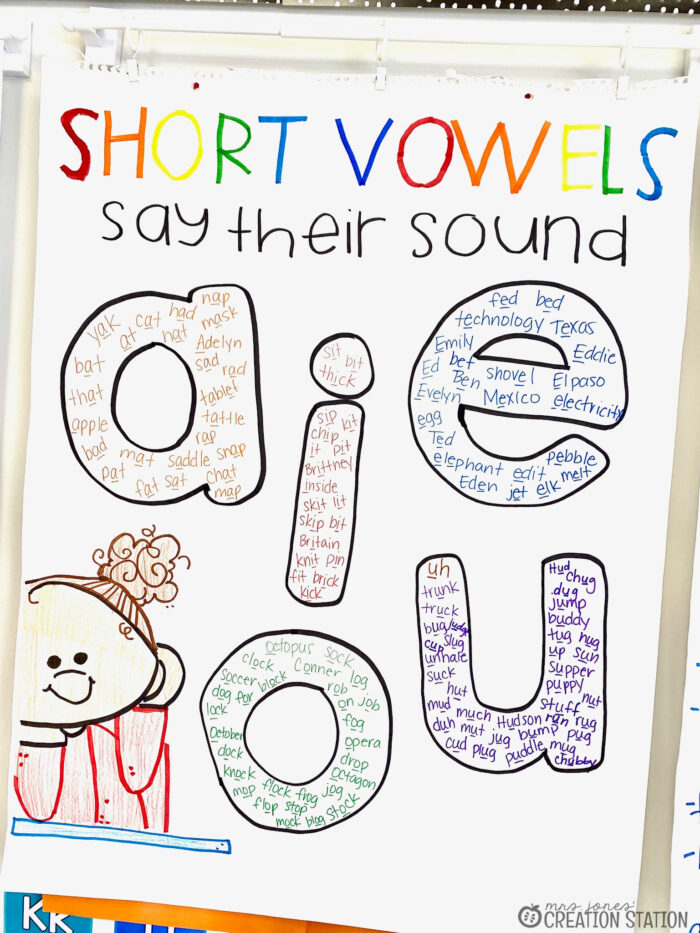
Creates an opportunity for scaffolding in small groups
Scaffolding is something that happens in my classroom all day every day. If you’re not sure, scaffolding is breaking the learning into chunks using various strategies. Using visual aids is part of scaffolding. I use visual aids (anchor charts) in whole group and small group instruction. In small groups, I use them for a deeper dive into phonics, as an example.
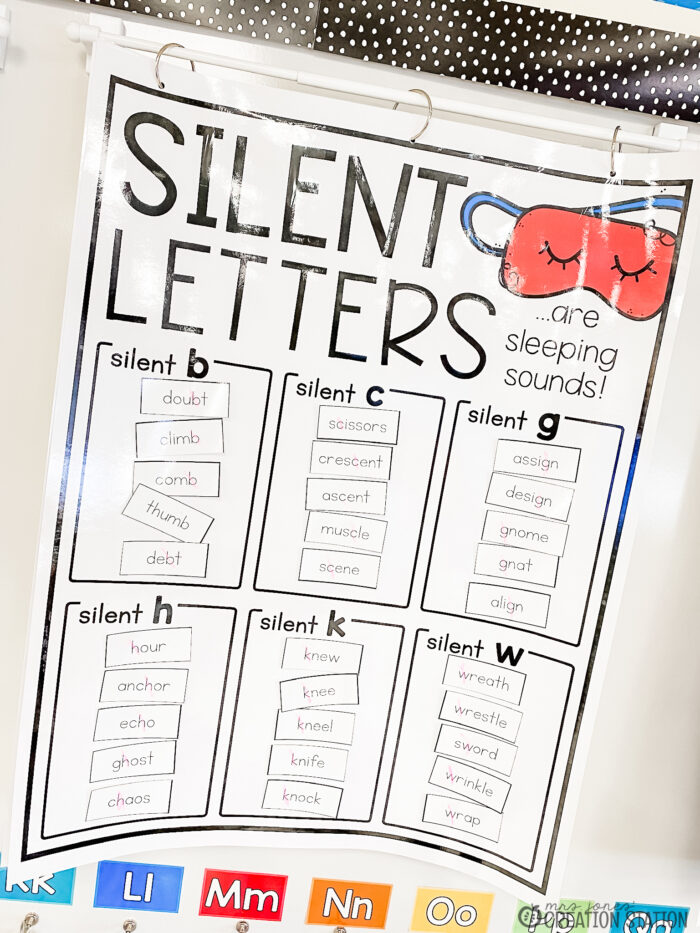
If you haven’t given anchor charts a chance, I highly encourage you to make one and use it in your instruction! Your students will love being a part of the learning and creation of them. To get you started, you can grab this FREE Reading Strategies Anchor Chart! There are two easy ways to create this anchor chart: Use your projector as a guide and trace the anchor chart onto poster paper OR send it to a poster printer!

